Summer Lawn Diseases: Prevention and Treatment
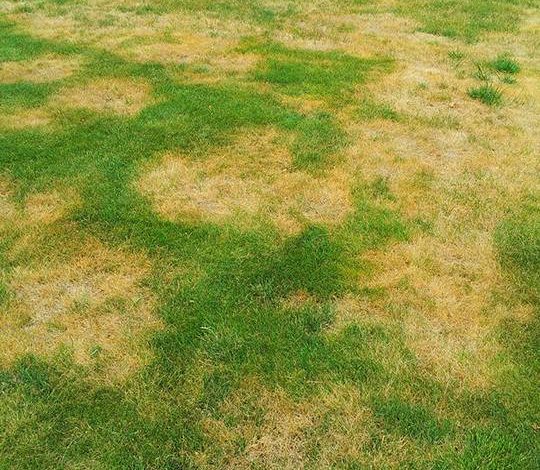
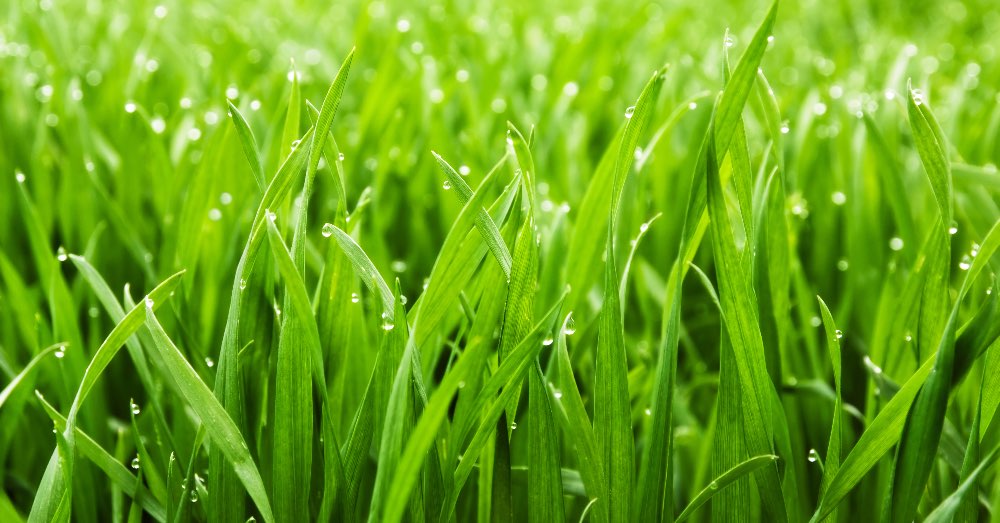
The lawn is, without a doubt, one of the protagonists of this time of year. Not only does it form that green mantle so characteristic of the garden that is enjoyed so much in the months of good weather. It is also the scene of much of the social and family life of this station. Despite all this, there is something that we cannot lose sight of. And it is that lawn diseases in summer are extremely common. Some uncomfortable mishaps that can even ruin our vegetal carpet.
Knowing how to identify lawn diseases in summer will make it easier for us to understand what is happening to ours. And it is that, curiously, these ailments that afflict our beloved grass are usually great unknown to garden lovers. So much so that, on many occasions, we do not identify that they are diseases and we try to alleviate them in ways that, although they may seem logical to us, are not recommended at all.
So let’s see what are the most common summer lawn diseases without losing sight of something important. The vast majority of these diseases begin to take over our lawns in the spring. Therefore, as important as knowing how to cure them is preventing them.
3 OF THE MOST COMMON SUMMER LAWN DISEASES
Summer is a season that has all the necessary ingredients for the proliferation of summer lawn diseases. Beyond the high temperatures typical of this season, we must add another delicate aspect: the notable increase in irrigation. It is clear that our lawn needs water on a regular basis to stay green and healthy during the most demanding time of the year. But beyond this, it is important to know that a good number of pathogens that can compromise your health only occur in conditions of high humidity.
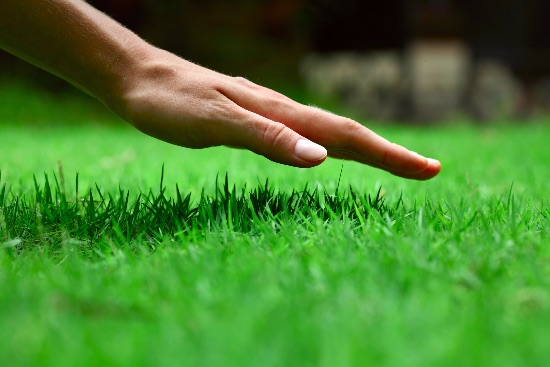
Beyond being able to know what is happening to our lawn, it is important to take something into account. Just as important as knowing how to save water in the garden in summer is to thoroughly check our irrigation system before the beginning of spring. And we are not just talking about making sure that the entire system works perfectly or that it irrigates where we want it to, without excesses or defects. We even refer to considering how to install a drip irrigation system or to include automatic irrigation in our garden. Two ways to prevent those summer lawn diseases from making an appearance on our natural grass.
The range of summer lawn diseases is wide. However, today we wanted to focus on three of the most common.
1. Fusarium, one of the recurring summer lawn diseases
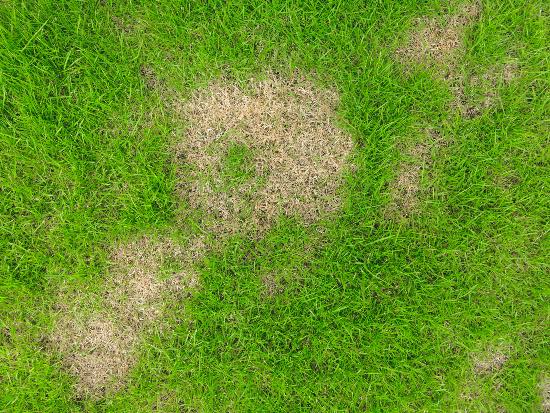
It is probably the biggest headache for garden lovers. An uncomfortable travel companion that usually requires extreme care of the lawn in summer. What’s more: the big problem with any of the fungi that attack lawns is that they can appear recurrently, year after year and even in winter. And in the case of fusarium it also happens.
A. Symptoms of fusarium in lawns
Fusarium usually manifests itself by creating circles of different shades on healthy grass. Usually, the affected areas take on a yellowish or brownish color. In an initial stage, it is usual that in the center of the circle there is still green grass in perfect condition.
Although it may seem only an aesthetic problem, the truth is that the fusarium has an extremely dangerous behavior for the lawn. It attacks the root of the same until it dehydrates it, causing the leaf to slowly die.
B. How to prevent the appearance of fusarium
Having this type of fungus in our lawn is not due to a single reason. Actually, it is a sum of bad practices in the cultivation of our garden. Small details that end up having a significant impact on our grass.
To avoid its appearance, the ideal is:
- Pay in the right measure, always with a balanced and specific fertilizer for lawns. If it is too rich in nitrogen, we will cause the appearance of any fungus. In addition, it is interesting that it is slow-release so that it can be applied at the dawn of spring and forget about fertilizing until autumn.
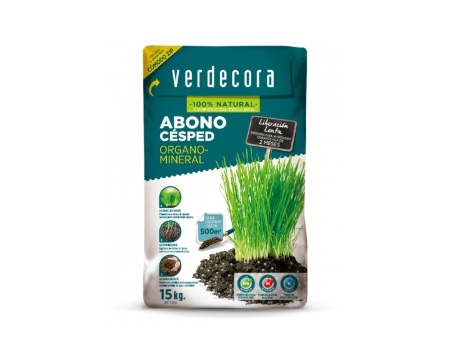
- Aerate the soil in autumn or spring to avoid soil compaction
- Ensure that our lawn has good drainage that prevents the accumulation of moisture
- Water thoroughly before the arrival of the hot months. In this way, the roots of our lawn will be strengthened
- Increase the cutting height of the grass. Too low a cut favors the appearance of lawn diseases in summer
C. Fusarium Treatment of Lawns
The key to eradicating fusarium is turf-specific fungicides. But be careful: as happens when we consider eliminating pests from the garden, achieving it is a long-distance race. A single application will not be enough: we will have to be constant, always following the indications of each fungicide.
If we have already had fungus on other occasions or even to avoid its appearance, it is worth applying a preventive dose with the arrival of spring.
2. Powdery mildew, another enemy of our lawn
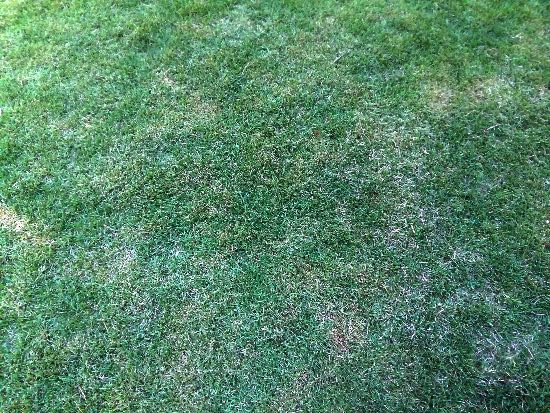
If we are garden lovers, it will be familiar to us. And yes: it is precisely one of the fungi that can affect our ornamental plants. Powdery mildew is, in fact, one of the most common garden problems for outdoor plants. But, interestingly, it can also affect the lawn even during the first weeks of autumn.
A. Powdery mildew symptoms on lawns
The behavior of powdery mildew is slightly different from that of other fungi. Its main symptom is a whitish to grayish powder that appears on the grass. Despite these signs, it is not usually easy to identify it, so, on many occasions, it will be better to have professional help.
B. How to prevent powdery mildew
The conditions that cause the appearance of powdery mildew are very specific. Blocking its appearance on our lawn involves avoiding the combination of five aspects:
- Shaded areas of the garden
- High humidity, the result of either excessive irrigation or poor drainage
- Average temperatures between 18 and 20 degrees
- poorly aerated soil
- Very low cut of garden grass
C. Powdery mildew treatment in lawns
As it is a fungus, we will have to apply a fungicide on a regular basis until we finish it off. We are not going to fool ourselves: it is not an easy task, since it is a resistant fungus. However, by being constant we can make it gradually disappear.
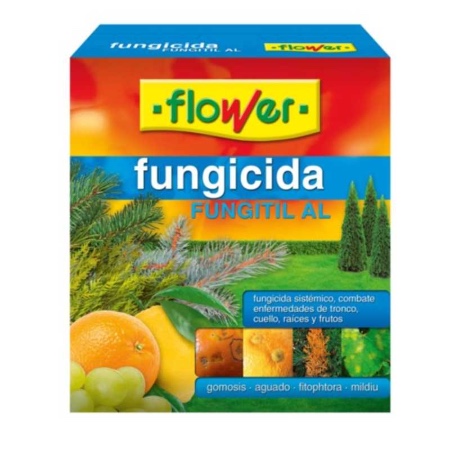
As important as eliminating it is preventing its appearance. For this reason, from the end of winter it is advisable to treat our lawn with sulfur or copper in a preventive way.
3. Worms, another of the lawn diseases in summer to take into account
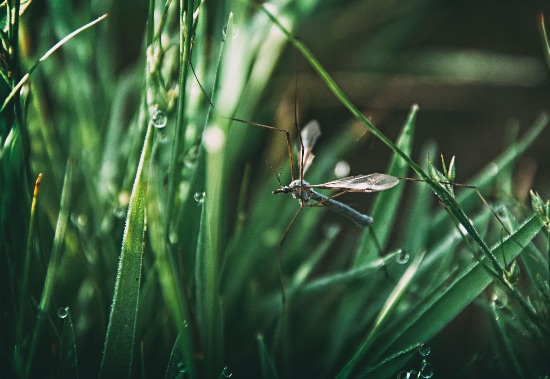
It is probably one of the most difficult summer lawn diseases to detect. And it is that not only does it often confuse human eyes but, in addition, it develops completely underground.
The cause is tipula larvae that grow underground, even compromising the health of our lawn.
A. Symptoms of Worms in Lawns
Detecting that we have worms growing under our lawn is not always easy. And we say this because its main manifestation is less dense and straw-colored grass areas that, on many occasions, are confused with a lack of irrigation or its inefficiency.
However, and although this can play the confusion, there is a detail that can help us find them. If we see birds pecking at the lawn or even tearing up pieces of it, we will know that we have típula worms growing in its roots.
B. Treatment of worms in the lawn
In order to eradicate them, we will have to opt for a specific insecticide for típula recommended by professional gardeners.
We hope that your garden does not suffer from any of these lawn diseases in the summer. But, if they do appear, remember: nothing like stopping them as soon as possible.

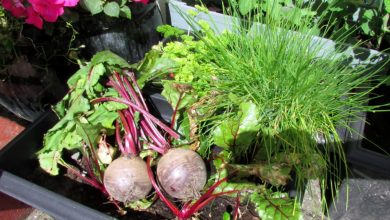
![Photo of Peach Tree Pruning: How and When to do it? [Complete Guide]](https://www.complete-gardening.com/wp-content/uploads/2022/08/peach-tree-pruning-how-and-when-to-do-it-complete-guide.gif)
![Photo of Boletus Edulis: [Characteristics, Cultivation, Harvesting]](https://www.complete-gardening.com/wp-content/uploads/2022/08/boletus-edulis-characteristics-cultivation-harvesting-390x220.jpg)
